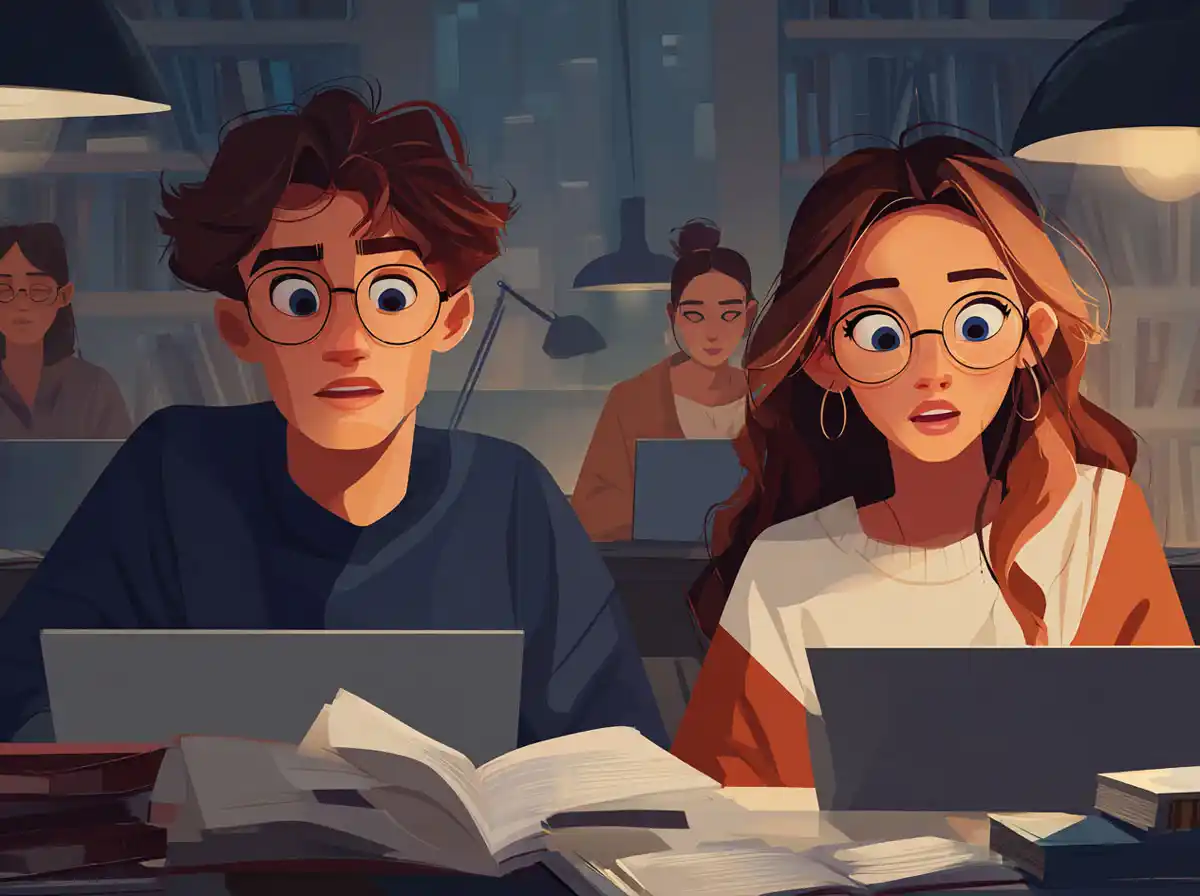Gražus
Gražus is a common adjective used to describe something that is beautiful, attractive, or pleasing to the eye. This word is often used to describe people, nature, art, and various other subjects.
Gražus – Beautiful, attractive, pleasing to the eye
Ši gėlė yra labai graži.
Related Vocabulary
Gražiai – Beautifully, attractively
This adverb is used to describe an action done in a beautiful or attractive way.
Ji gražiai piešia.
Gražumas – Beauty, attractiveness
This noun refers to the quality of being beautiful or attractive.
Jo gražumas yra neprilygstamas.
Gražinti – To beautify, to decorate
This verb means to make something beautiful or to enhance its appearance.
Mes norime gražinti mūsų sodą.
Graži moteris – Beautiful woman
A phrase used to describe a woman who is considered attractive.
Ji yra graži moteris.
Gražus vaizdas – Beautiful view
This phrase is used to describe a scenic or picturesque view.
Iš čia matosi gražus vaizdas.
Bjaurus
On the opposite end of the spectrum, we have bjaurus. This adjective is used to describe something that is ugly, unpleasant, or repulsive. It can be used in a variety of contexts, including describing people, weather, situations, and more.
Bjaurus – Ugly, unpleasant, repulsive
Šis pastatas yra labai bjaurus.
Related Vocabulary
Bjauriai – Ugly, unpleasantly
This adverb describes an action done in an ugly or unpleasant manner.
Jis bjauriai elgiasi su kitais.
Bjaurumas – Ugliness, unpleasantness
This noun refers to the quality of being ugly or unpleasant.
Jo bjaurumas mane stebina.
Bjaurėti – To become ugly, to get worse
This verb means to turn ugly or to deteriorate.
Oras pradėjo bjaurėti.
Bjauri diena – Ugly day
A phrase used to describe a day that is unpleasant, often due to bad weather.
Šiandien yra bjauri diena.
Bjaurus žmogus – Ugly person
This phrase can describe someone who is unpleasant in appearance or behavior.
Jis yra bjaurus žmogus.
Comparing Gražus and Bjaurus
When comparing gražus and bjaurus, it’s essential to recognize that these adjectives are not just opposites but also carry different connotations based on context. For instance, calling someone gražus can be a compliment, while referring to someone as bjaurus can be deeply insulting.
Contextual Usage
Graži šventė – Beautiful celebration
This phrase is used to describe a celebration that is enjoyable and visually pleasing.
Tai buvo graži šventė.
Bjaurus sapnas – Ugly dream
This phrase is used to describe a nightmare or an unpleasant dream.
Aš turėjau bjaurų sapną.
Gražus sodas – Beautiful garden
This phrase is used to describe a garden that is well-maintained and visually appealing.
Jie turi gražų sodą.
Bjaurus kvapas – Bad smell
This phrase is used to describe an unpleasant or foul odor.
Čia yra bjaurus kvapas.
Cultural Significance
In Lithuanian culture, the concept of beauty (grožis) is deeply rooted in nature, art, and traditional values. Lithuanian folklore often celebrates the beauty of nature and the human spirit. On the other hand, ugliness (bjaurumas) is often associated with negative traits and moral decay.
Grožis – Beauty
This noun refers to the quality of being beautiful, often celebrated in Lithuanian culture.
Lietuvos grožis yra žinomas visame pasaulyje.
Bjaurumas – Ugliness
This noun refers to the quality of being ugly or morally corrupt.
Jis negali pakęsti bjaurumo.
Expressions and Idioms
Lithuanian language is rich in expressions and idioms that use these adjectives. Knowing them can enhance your understanding and use of the language.
Gražus kaip paveikslėlis – As beautiful as a picture
This idiom is used to describe someone or something that is exceptionally beautiful.
Jos veidas yra gražus kaip paveikslėlis.
Bjaurus kaip nuodėmė – As ugly as sin
This idiom is used to describe something or someone that is extremely ugly.
Tas namas yra bjaurus kaip nuodėmė.
Practice Exercises
To solidify your understanding, try translating the following sentences into Lithuanian using the vocabulary we’ve discussed:
1. The park looks beautiful in the spring.
2. The old building is very ugly.
3. She sings beautifully.
4. He has an ugly attitude.
5. The painting is a piece of beauty.
6. The weather is getting ugly.
Answers:
1. Parkas pavasarį atrodo gražus.
2. Senas pastatas yra labai bjaurus.
3. Ji gražiai dainuoja.
4. Jis turi bjaurų požiūrį.
5. Paveikslas yra grožio kūrinys.
6. Oras bjaurėja.
Conclusion
Understanding the words gražus and bjaurus and their related vocabulary can greatly enhance your ability to describe the world around you in Lithuanian. By practicing these words and their usage in different contexts, you will become more comfortable and proficient in expressing both beauty and ugliness in this beautiful language. Keep practicing and exploring, and soon you will see the beauty of Lithuanian language unfold before you.










